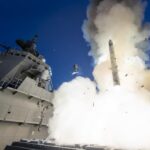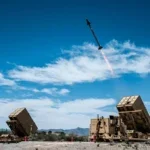
The commanding general of the U.S. Army Pacific on Tuesday argued for the importance of his service and command in the Indo-Pacific theater. Referring to China, Gen. Charles Flynn called the Indo-Pacific the most consequential region where the U.S. is aligned against the most consequential adversary with the most consequential stakes. He also said China is following an “incremental and insidious path because of the actions and behaviors that they continue to pursue and some of the destabilizing activities that…

 By
By 











